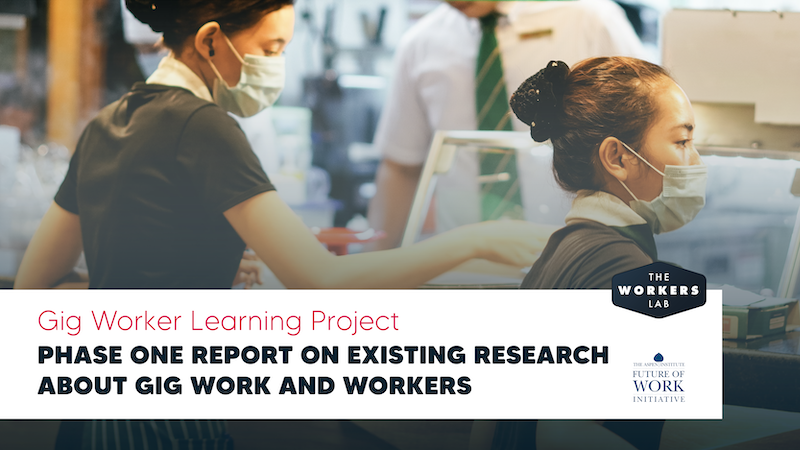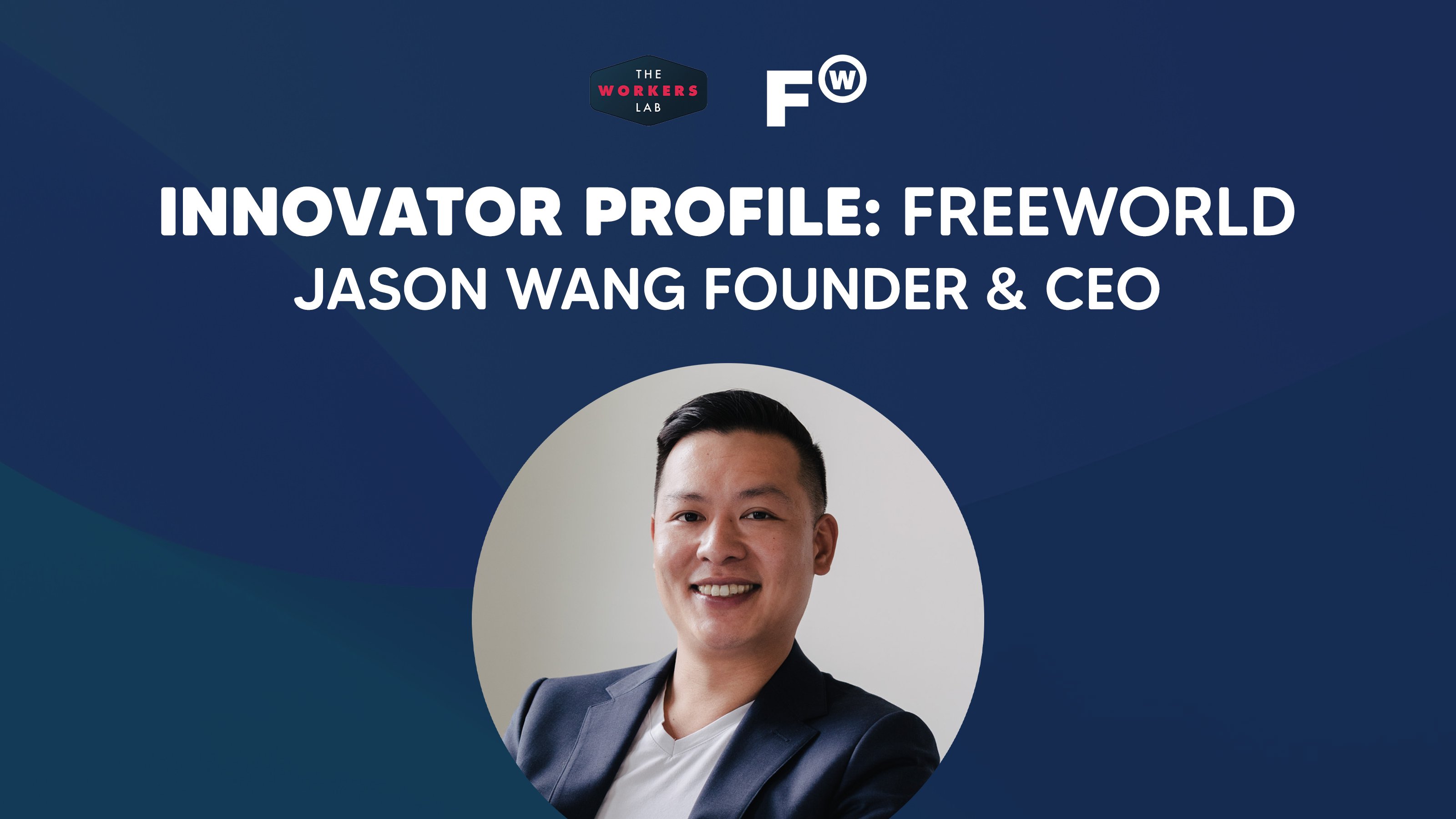FreeWorld is a nonprofit that trains and places returning citizens into living-wage careers in the trucking industry. We’re proud to feature this partner and its leader, Jason Wang, who founded FreeWorld after being arrested at the age of 15 and sentenced to 12 years in a maximum security prison.
When Jason was released from prison, he faced the same obstacles many formerly incarcerated people face—a series of systems and institutions that don’t welcome those with records. Poverty is the number one predictor of recidivism, a challenge that is compounded by the lack of opportunity for job opportunities. The unemployment rate among formerly incarcerated people is 27% because so few employers work with this population.
After earning a double master’s degree, he decided to focus his work on changing the systems and structures that make it next to impossible for those who have been incarcerated to move on and succeed in life. FreeWorld aims to end generational poverty and recidivism through economic mobility. They achieve this by training and placing individuals with criminal histories into trucking careers that pay a family sustaining wage. In addition, FreeWorld builds reentry technology to help returning citizens overcome the most common challenges they face when coming home. With an expansive curriculum, job placement services, and an enthusiastic community, prison remains a memory for FreeWorld graduates.
We recently talked with Jason about the organization, its growth and vision, and his advice for other innovators. You can learn more about this amazing organization on their website.
How has your organization changed or grown since you started?
Our goal from the outset has been to accelerate us to a more just criminal justice system. We know that the number one indicator of recidivism, or people being pulled back through the “revolving” prison door, is poverty, so we’ve been focused on helping returning citizens gain the skills and education they need to gain meaningful employment opportunities that pay a family sustaining wage. Our results show the effectiveness of this work; our graduates have a <5% recidivism rate.
Since inception, we have focused on leveraging technology to scale, while creating a program that delights the people we serve. We asked ourselves, “How can we make re-entry as easy as a click of a button?” To figure this out, we recruited a team that has been impacted by incarceration. We are firm believers that lived experience should guide how we think about program design.
What have you learned from your students?
About 8% of our students are homeless. When they re-enter society, they don’t have a place to live, they can’t find employment, and they often don’t have family support.
The things they have to overcome are devastating and we are constantly inspired to see how resilient and resourceful they are.
We have had multiple graduates go from being homeless to being able to purchase their own homes. Take Raul as an example. Raul spent 25 years incarcerated. After release, he faced closed doors and constant no’s. He was down on his luck and felt hopeless. A friend introduced him to our program and he decided to give it a shot. He enrolled in our program, graduated during the pandemic, and was offered a job with one of our graduates who now owns his own trucking company. Raul’s journey through trucking school was not easy, but he never gave up, and his persistence enabled him to use his earnings to get his first apartment and see his family for the first time in more than two decades.
What are you focused on today?
Building a business model that allows us to cover 50 - 80% of our costs through earned revenue. Today, our earned revenue streams come from government contracts, nonprofits paying for our technology and curriculum, students paying it forward, and trucking companies paying for our drivers.
We’re also considering opportunities for us to leverage our data, outcomes, and scale, to accelerate initiatives like Fair Chance Hiring, Clean Slate, civic engagement, narrative change, and expanding into other vocational fields like geothermal drilling.
What do you want potential donors to know about your work?
We’re best known for our educational program that trains and places returning citizens into family sustaining careers in the trucking industry, but as we’ve grown, our vision for what we can accomplish has grown as well.
We are now exploring opportunities to package the reentry technology and curriculum that we’ve developed to share with other organizations as a SaaS (software as a service) product.
One example is our vital document technology. 60% of people who are released each year are released without identification. Without identification, you can’t do anything in life. We’ve built technology that helps someone get a social security card or birth certificate in just a few clicks.
Imagine if we helped 100 nonprofits serve 1,000 additional people on a yearly basis through this technology. That’s 100,000 extra lives changed through a simple product.
What advice do you have for new innovators trying to help workers?
- It’s a marathon and not a sprint. It’s essential to take care of yourself because you won’t be able to help your community if you burn out.
- It’s worth spending some time early on exploring opportunities to create a business model to help cover a portion of their expenses.
- If you have to have lived experience in your organization, tap into it. We firmly believe that the people closest to the problem are often closest to the solutions.
- Be radically transparent. No one expects us to be perfect. Transparency creates accountability.
-Jun-06-2024-03-00-31-8398-PM.png?width=1800&height=1080&name=TWL%20Logo%201%20(1)-Jun-06-2024-03-00-31-8398-PM.png)

